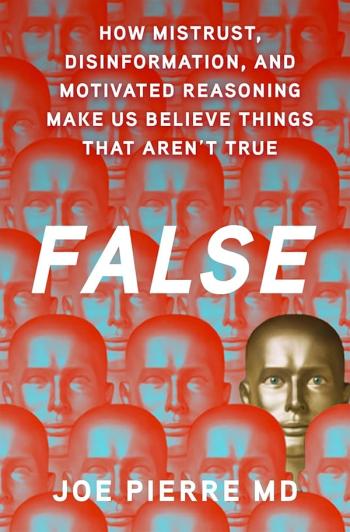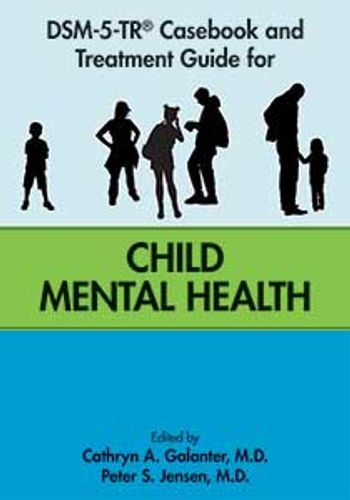Mindwandering: Mood for Thought
Daydreaming, fantasizing, worrying—these are all examples of mindwandering.
BOOK PREVIEW
One of the most interesting breakthroughs in neuroscience research from the recent years is the discovery of the brain’s default network (DMN). It turns out that when we are not overly busy with a certain task, our brains are still intensely active. A massive cortical network, the DMN is constantly grinding away, consuming significant amounts of metabolic energy.1 As evolution repeatedly teaches us, this default activation ought to serve some function.
By now we know that the DMN is the seat of our mindwandering,2 which includes internal processes such as daydreaming, fantasizing, worrying, planning, ruminating, and our inner chatter. More formally, the quest for understanding the content of our mental drift has identified 3 key functions in the DMN. The first is holding and managing our representation of our self; how we see ourselves, our traits, dispositions, and more.3 Second, it has been shown that the DMN, and the content of mindwandering, is concerned with our understanding of others. This is called theory of mind (ToM), our attempt at—and largely limited—ability for inferring the intentions of others.4 Third, the DMN is occupied with what-if simulations and building imaginary scenarios.5 Our ability to learn from our imagination is immensely helpful, in multiple domains, yet largely underappreciated. But let’s start from the beginning.
Knowledge that we acquire is stored in our memories as associations. Facts, experiences, predictions, episodes, and even emotions are attached associatively based on what we extract from the world around us. Our brains pick up statistical regularities, such as that a pizza-cutter typically appears next to pizza and that a bed usually has a pillow on top, and stores related items as associations. Such associative organization is not only advantageous for storage in memory, but also for memory retrieval.
Critically, associations are the building blocks of how we make predictions.6 We are constantly concerned with the future. We are creatures that aim to maximize certainty in our world and figuring how and what to predict is fundamental for diminishing uncertainty. Knowing that you are about to enter a kitchen or a museum immediately activates associations about what to expect; from where to find what, to how to prepare, and how to advance your goals. When our machinery for demystifying the future by way of associations-based predictions is deficient, we become anxious and depressed.7 Associations are the units of thought and the basis of certainty.
Shuffling our memories and constructing novel, even if imagined, scenarios is at the heart of every decision and interpretation we make. Those simulated scenarios are just like real experiences, except they have not really happened. Nevertheless, they are as helpful in planning our actions as real experiences are.
Beyond content, mindwandering can vary in style. We can be roaming our web of associated concepts, or we may circle a close neighborhood of highly related thoughts. And these different styles are good (and bad) for different purposes. Thinking narrowly can be helpful when trying to solve a problem (but it is bad if it is narrow because of ruminative thoughts). On the other hand, broad wandering is the vehicle for creative thinking.
Because of the striking difference between the type of mindwandering that is conducive of creative thinking and the narrow ruminations that are the hallmark of anxiety and depression, we set to study in the lab a possible relation between breadth of thought and mood.
Breadth of thought and creative thinking can be assessed through a simple paradigm of free associations. When given the word ‘table,’ a person in a narrow thinking mode would respond with ‘chair’ as the first association. But even the same individual in a broad thinking mode is more creative and their responses will be more original, so they might respond with ‘tree’ instead. We manipulated breadth of thought in our participants by presenting them with lists of words that were either narrowly associated with each other (for example: thread–needle–sew–string–cloth–clothes–rope–thimble–sewing– machine–pin–spool–yarn), which emulated ruminative thinking, or broadly expansive (eg, thread–needle–shot–nurse–doctor–drugs–alcohol–beer–wine–cheese–mouse–trap), while measuring their mood before and after. Merely reading lists of broadly associative chains improved mood significantly.8 This effect of broad mindwandering and thinking on mood was demonstrated both in depressed as well as in neurotypical individuals. After all, who does not need to feel better?
And so, we could direct our mind to wander freely when we need and want to think creatively, and we are better off seeking creative solutions when we know we are in a good mood.
Dr Bar is the former Director of the Cognitive Neuroscience Lab at Harvard Medical School and the Massachusetts General Hospital (psychiatry), and an internationally renowned cognitive neuroscientist. He headed the Gonda Multidisciplinary Brain Research Center at Bar-Ilan University in Israel until recently. Moshe is the author of
References
1. Raichle ME.
2. Mason MF, Norton MI, Van Horn JD, et al.
3. Davey CG, Pujol J, Harrison BJ.
4. Spreng RN, Grady CL.
5. Bar M.
6. Bar M, Aminoff E, Mason M, Fenske M.
7. Bar M.
8. Mason MF, Bar M.
Newsletter
Receive trusted psychiatric news, expert analysis, and clinical insights — subscribe today to support your practice and your patients.


















